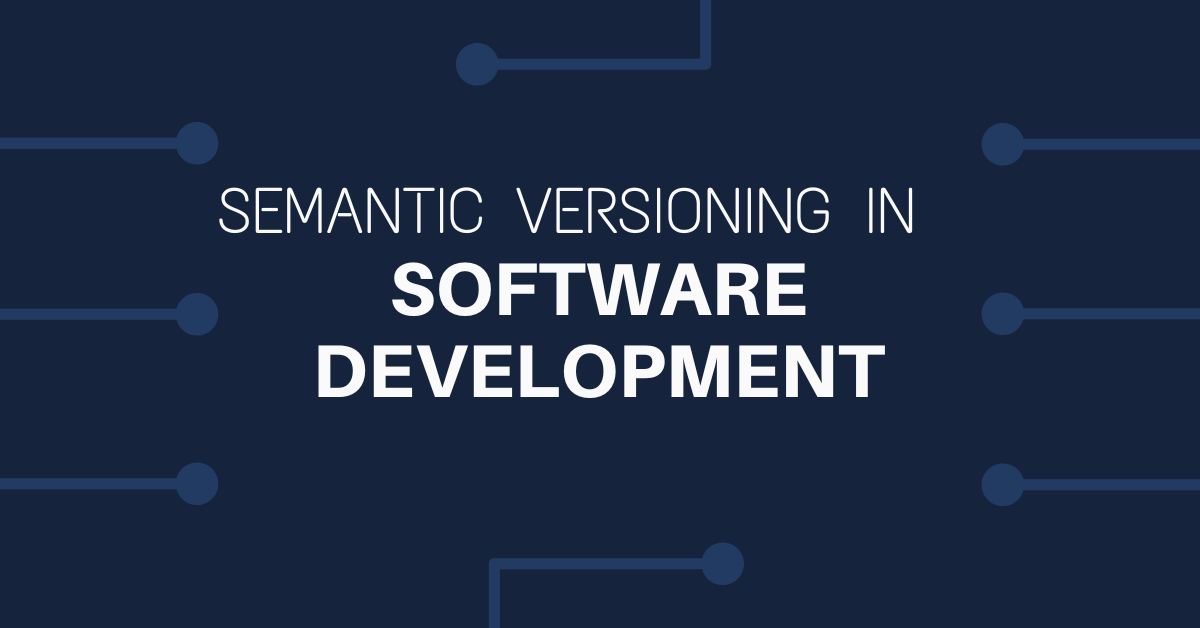Docker is a powerful platform that allows you to easily develop, package, and deploy applications in containers. Containers are lightweight, portable, and provide a consistent environment for running applications. Installing Docker on Ubuntu 24.04 is a straightforward process, but it requires a few steps to set up correctly.
In this article, we will walk you through the complete process of installing Docker on Ubuntu 24.04. We will also provide troubleshooting tips and post-installation instructions.


